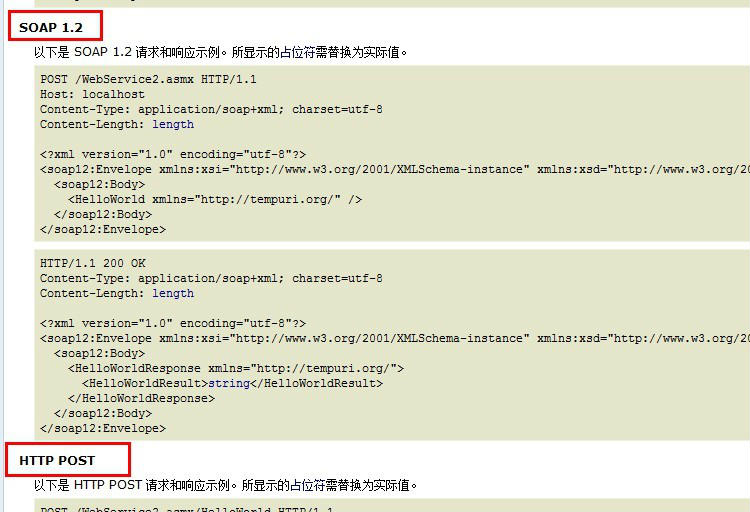public Boolean SoapRequestWeb()
{
String nameSpace =ConfigCommon.getNetConfigProperties().getProperty("nameSpace");//WebServices命名空间
String serviceURL = ConfigCommon.getNetConfigProperties().getProperty("serviceURL");;//请求地址
String methodName = "Login";//方法名
SoapObject request = new SoapObject(nameSpace, methodName);//声明SOAP对象
//请求参数
request.addProperty("DeviceID",iemi);
request.addProperty("phone",phone);
SoapSerializationEnvelope envelope = new SoapSerializationEnvelope(SoapEnvelope.VER11);//生成调用Webservice方法的SOAP请求信息
envelope.bodyOut = request;
envelope.dotNet=true;//指定是否为.NET版本
//创建HttpTransportSE对象。通过HttpTransportSE类的构造方法可以指定WebService的WSDL文档的URL
HttpTransportSE ht = new HttpTransportSE(serviceURL);
ht.debug = true;
String result="";
try {
ht.call(soapAction, envelope);//使用call方法调用WebService方法,请求WebServices
if (envelope.getResponse() != null) {
result= envelope.getResponse().toString();//获取输出结果
if(result.isEmpty() || result.equals("null"))
{
// Toast.makeText(this,"不存在该用户,请重试!",Toast.LENGTH_LONG).show();
//Message("不存在该帐号,请确保手机号正确");
return false;
}
//使用Json对象对获取的数据进行解析。
JSONObject jsonObj= new JSONObject(result);
String name=jsonObj.getString("UserName");
//保存当前登陆用户
T_Users tu=new T_Users();
tu.setUserName(name);
if(!name.isEmpty())
{
//保存好信息
// setContentView(R.layout.index);
return true;
}
else
{
Toast.makeText(this,result.toString(),Toast.LENGTH_LONG).show();
return false;
}
} else {
return false;
}
} catch (Exception e) {
e.printStackTrace();
Toast.makeText(this, e.getMessage(),Toast.LENGTH_LONG).show();
return false;
}
}
